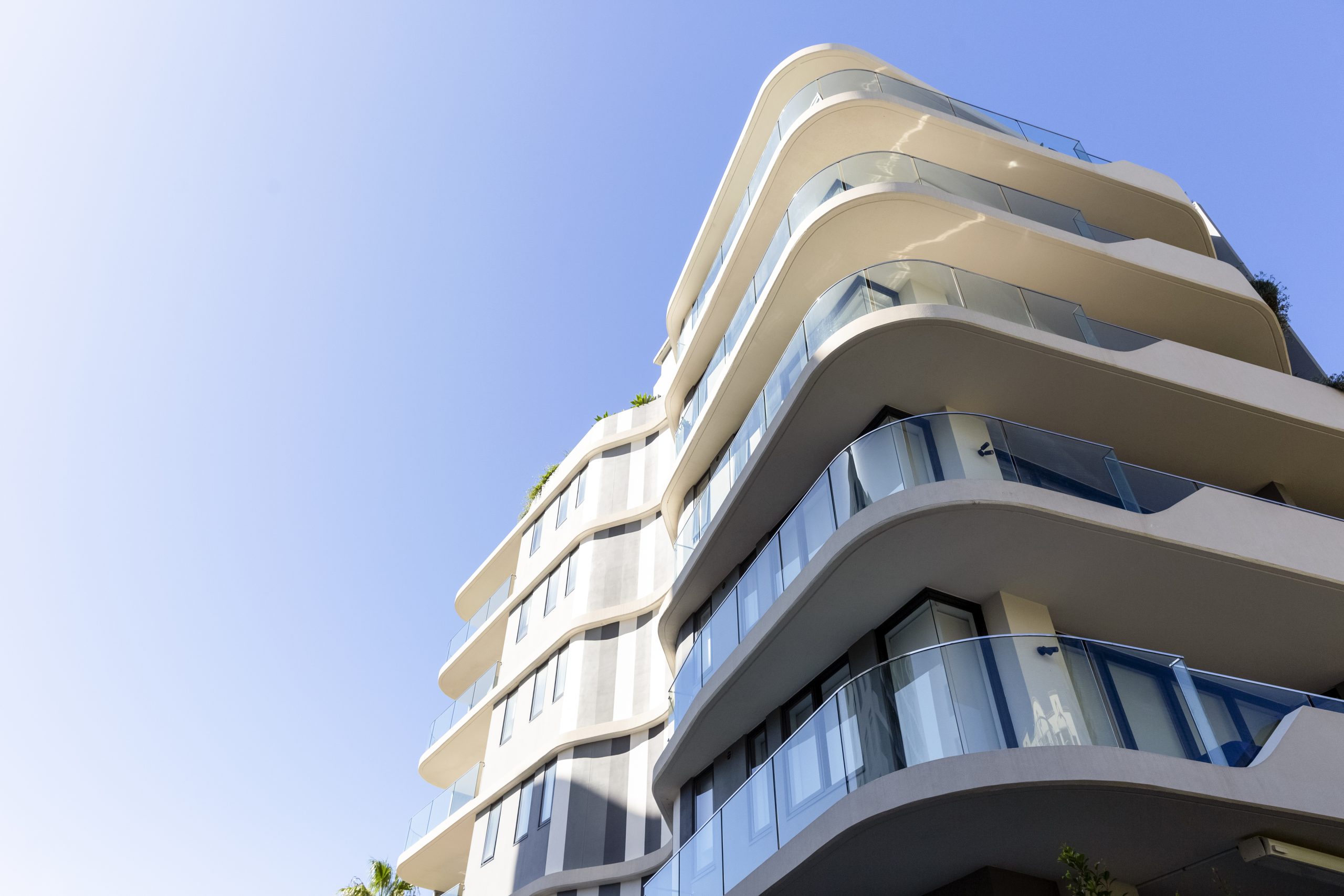Seeking your next property investment? Look up
It’s the year of the apartment as more Australians opt for high density living
Apartments are now outperforming houses as a source of investment in the Australian property market.
New research released by property advisory service Hotspotting reveals that the apartment market has gained new ground in recent years as more people seek flexible, affordable housing options closer to existing infrastructure. As a result, the high density market was seeing stronger returns in both yield and capital growth.
Hotspot has released a National Top 10 Apartment report, identifying specific Australian suburbs with the greatest potential for investors. The Brisbane suburb of Annerley was the top pick, followed by Belconnen in Canberra, Clayton in Monash, Victoria and Dicky Beach on the Sunshine Coast.
The Sydney suburbs of Gymea and Stanmore were the only NSW areas to make the top 10 while Mitchell Park in the South Australian city of Marion was the sole entry from that state.
Hotspotting director Terry Ryder said the growing popularity of apartments for both homeowners and investors was complex.
“It’s not just about affordability – although that plays a big role in our largest cities – but our population is simply embracing apartment living more because of the opportunity to reside in more desirable locations as well as having easy access to lifestyle precincts,” Mr Ryder.
“Developers have also been constructing more owner occupier stock, such as three- and four-bedroom apartments, as well as offering superior resident facilities such as rooftop and barbecue areas, infinity pools and spas, private dining rooms and even the complimentary use of vehicles for those who don’t have transport.”
Hotspotting general manager Tim Graham said there was still plenty of room for growth, as evidenced by the apartment market in Europe and Asia.
“In London, apartments comprise 94 per cent of dwellings, while in Singapore it’s 93 per cent and in Hong Kong it’s 84 per cent,” Mr Graham said.
“In comparison, about 46 per cent of residences in Sydney are apartments, while in some smaller cities such as Hobart that percentage drops to just 15 per cent.
“More than 50 per cent of new dwellings currently under construction are higher density, however, this figure still falls short of the supply needed for our booming population, which is likely to push apartment prices higher over the medium-term.”
Formula 1 may be the world’s most glamorous sport, but for Oscar Piastri, it’s also one of the most lucrative. At just 24, Australia’s highest-paid athlete is earning more than US$40 million a year.
From gorilla encounters in Uganda to a reimagined Okavango retreat, Abercrombie & Kent elevates its African journeys with two spectacular lodge transformations.
Tasmania’s LARK Distillery’s limited-edition single malt is shaping up to be one of the season’s most luxurious gifts.
If you’re hunting for a Christmas present that won’t end up re-gifted by February, LARK Distillery has delivered something genuinely special.
The Tasmanian whisky house has unveiled its 2026 Limited Edition Lunar New Year release, the Fire Horse Edition, a striking single malt that blends craftsmanship, culture and collectability.
Inspired by the Year of the Fire Horse, the release is as much an artistic object as it is a whisky.
Sydney artist Chris Yee has cloaked the bottle in a luminous wrap of symbolism and texture. His design fuses fire, wood and water, with Cradle Mountain and celestial motifs anchoring the scene.
Waves of movement and paths of connection run through the artwork, reflecting the journeys, traditions and family reunions that define the season.
Yee describes the concept in the release as an homage to the natural elements that shape both Asian and Australian cultures, saying he wanted to highlight how “fire, wood and water” sit at the heart of the distilling process and the stories we share.
Inside the bottle, the whisky is just as layered.
Matured in first-fill Sherry and Port casks, it opens with soft pear blossom and honeyed tea notes before moving through orange-spiced cake, apricot compote and treacle sponge pudding.
The finish lingers with hazelnut praline, glazed fruits and a whisper of highland peat smoke. It’s indulgent without being heavy; festive without being overly sweet.
LARK Master Distiller Chris Thomson captures the sentiment neatly in the release, saying the Fire Horse Edition “is about more than flavour, it’s about the feeling of coming together.”
The whisky holds the celebration in the glass, while the artwork reflects the journey home.
For those planning Lunar New Year drinks, LARK also suggests a few seasonal serves, including a Sencha Blossom Old Fashioned and a Toasted Fortune Highball with toasted sesame cordial.
With only a limited number available and strong gifting appeal, expect this one to move quickly.
From office parties to NYE fireworks, here are the bottles that deserve pride of place in the ice bucket this season.
The PG rating has become the king of the box office. The entertainment business now relies on kids dragging their parents to theatres.



















